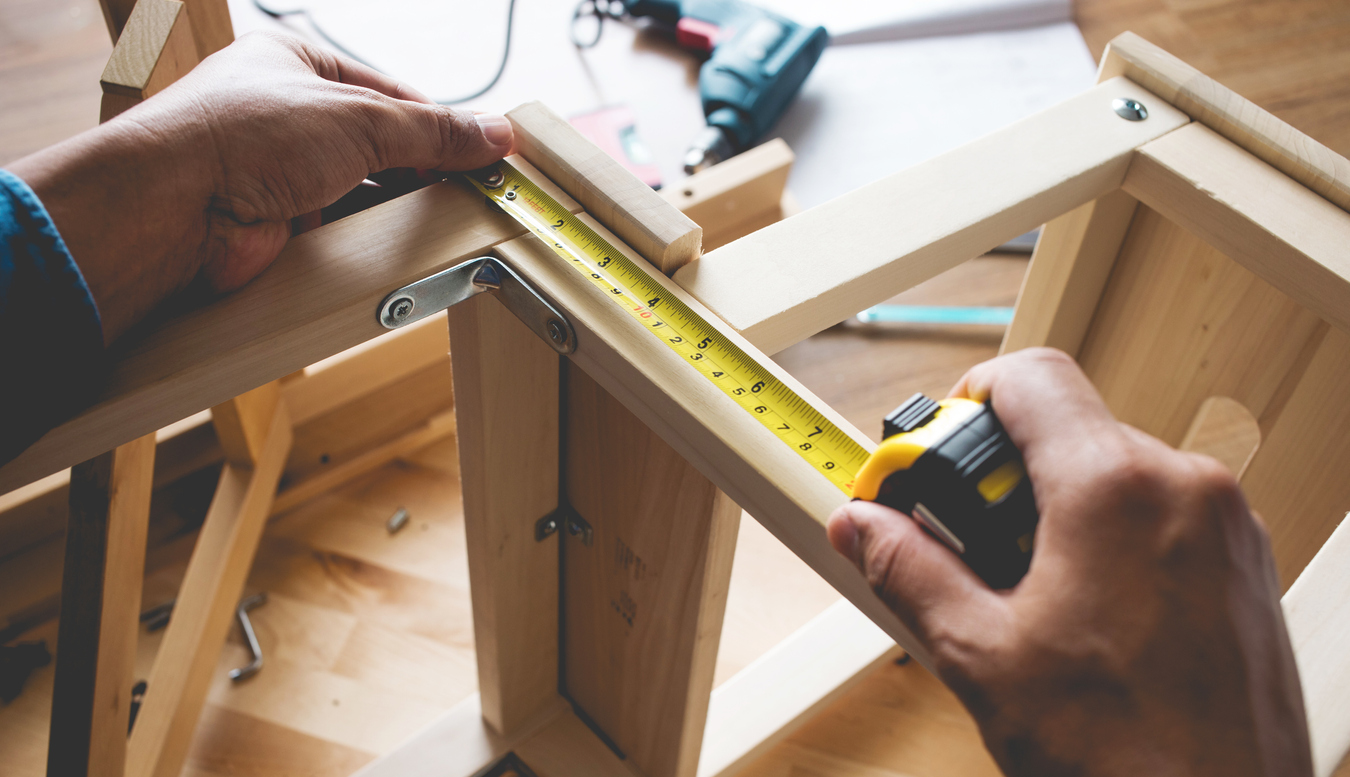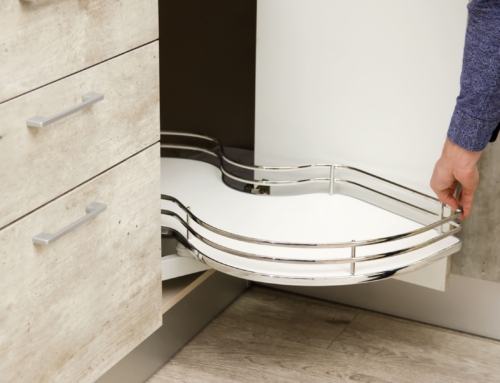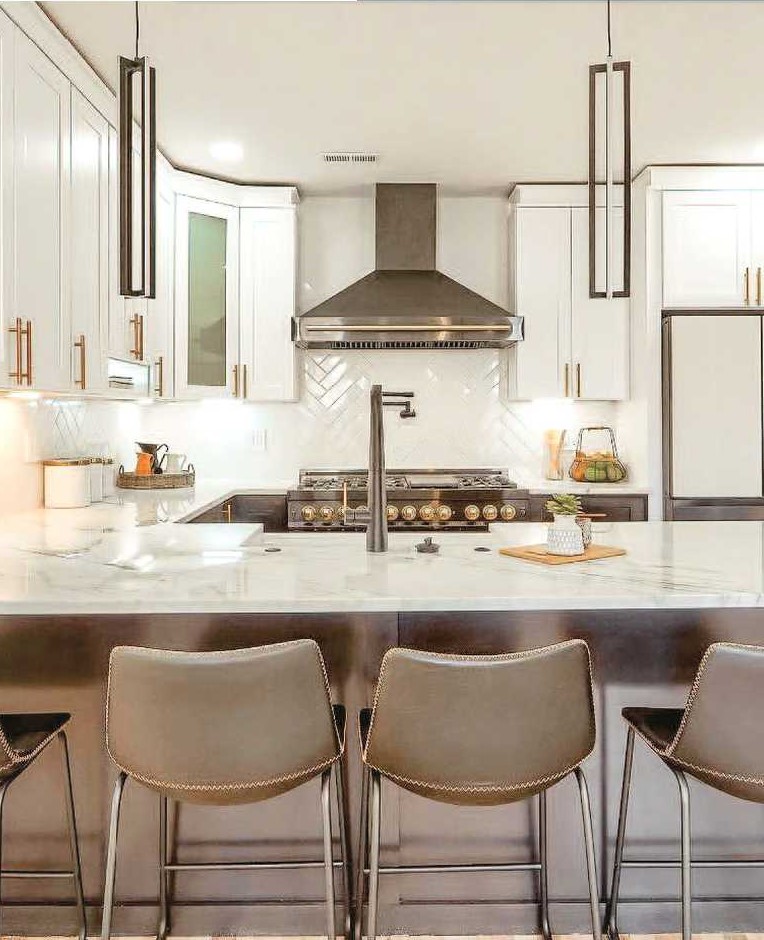At Cabinet Corner, we’re proud to be a friend of DIY homeowners everywhere. Our RTA kitchen cabinets are perfect for the handy homeowners who likes to take a hands-on approach, with great materials and simple building formats to make assembling your own cabinets as easy as a few simple steps.
As you’re working with these items, you’ll see a number of different number or letter codes. These are basic formats for identifying size and various other related areas when it comes to assembling cabinets. Let’s go over what some of the most common numbers you’ll see here are within a few popular cabinet types.
Wall Cabinets
The standard depth of wall cabinets will be 12” – this is enough of an industry expectation that most wall cabinets don’t even include this number in their coding. Rather, most wall cabinets will have a format that looks like this: W2430.
In this case, the W indicates that the cabinet is meant for a wall. The 24 number next indicates the width of the cabinet, and the 30 indicates a height of 30 inches. In any rare cases where the depth is something other than the standard 12 inches, the depth will be added at the end – so a W243024 would be 24 inches wide, 30 inches tall, and 24 inches deep.
Base Cabinets
Base cabinets have a similar format, but height and depth are always standardized at 34.5” tall and 24” deep. That means that all that’s needed for a standard base cabinet code is the width – a code of B15, then, will signal B for basement and 15 for 15” wide. For sink base cabinets, you’d see codes like SB15 or SB30. There are a few additional codes here for corner cabinets – there are a few other letters to be aware of, including easy reach (EZR or EZ), lazy Susan (LZ or LS), diagonal corner base (DCB or DC) or others. Our pros can help you with these if you need assistance.
For more on cabinet codes, or to learn about any of our RTA kitchen cabinets, speak to the experts at Cabinet Corner today.






